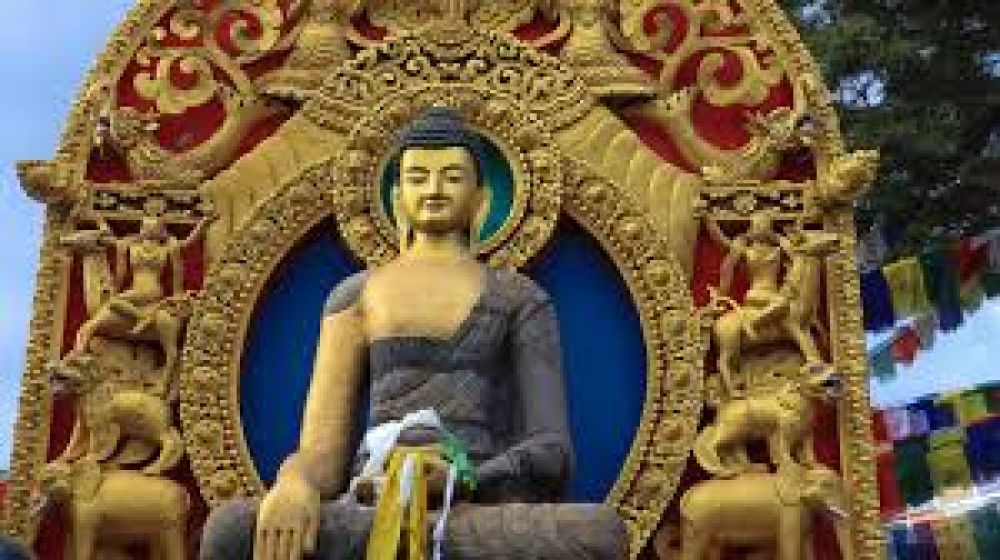

The history of tourism in Namo Buddha, located in the Kathmandu Valley of Nepal, is deeply intertwined with the spiritual and cultural fabric of the region. Known for its religious significance and serene landscapes, Namo Buddha has been a site of pilgrimage for thousands of years. The development of tourism in this sacred place can be traced back to the time of early Buddhist monks and travelers who came to pay their respects at the site where, according to legend, Lord Buddha in one of his previous lives as a prince offered his body to a starving tigress and her cubs.
Initially, the attraction to Namo Buddha came mostly from Buddhist pilgrims seeking to visit the ancient stupa and the surrounding monasteries. The presence of the Thrangu Tashi Yangtse Monastery, with its stunning architecture and spiritual programs, increased the site's appeal. These early forms of tourism were characterized not by commercial interests but by spiritual pursuits.
Modern tourism in Namo Buddha began to take shape with the establishment of various amenities for visitors. Guesthouses, local eateries, and other lodgings sprang up to accommodate those who came from afar. The Nepalese government, recognizing the potential of tourism for economic development, encouraged infrastructural improvements that made the area more accessible to international tourists.
The fluctuating political landscape in Nepal, including the civil unrest in the late 20th and early 21st centuries, periodically affected tourist inflows to Namo Buddha. Nevertheless, tourism rebounded, bolstered by periods of stability and promotional efforts that highlighted Nepal's cultural heritage and natural beauty.
In the latest tourism trends, Namo Buddha has seen a shift towards sustainable and responsible tourism practices. Visitors are increasingly interested in authentic experiences that offer insight into the local way of life while being mindful of environmental and cultural preservation.
Overall, while Namo Buddha remains a site for spiritual reflection and Buddhist pilgrimage, it has also developed into a destination that offers a slice of Nepal's rich cultural traditions and natural splendor to travelers from around the world.